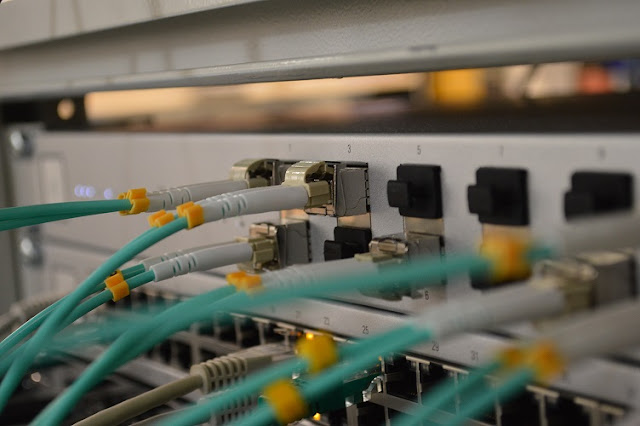Date : 17-Nov-2020
Location: Kuala Lumpur
Organization:
DE-CIX, operator of the world’s largest neutral interconnection ecosystem and one of the world’s leading Internet Exchanges.
Key Takeaways:
- In a whitepaper commissioned by DE-CIX, Malaysia is set to become a sub-regional interconnectivity hub for Southeast Asia.
- Moving into that direction, Malaysia has the potential to complement the major content hub of Singapore.
Offering:
The white paper entitled “New interconnection markets in Southeast Asia”, released exclusively via a virtual press conference today, was commissioned by DE-CIX and researched and written by the neutral telecommunications analyst TeleGeography.
The whitepaper highlighted key reasons, chief among them are:
- Network concentration in one city is not ideal to ensure reliable service in volatile situations
- The high colocation costs in Singapore (25% pricier than New York’s average price per kilowatt)
 |
| Internet Exchanges bring connectivity closer to the edge |
Photo by Thomas Jensen on Unsplash Spokepersons:
- Ivo Ivanov, CEO of DE-CIX International,said,because the need to do away with dependency on a single source,having multiple options also means that connectivity can be moved closer to the edge, closer to users in terms of infrastructure path, for content and applications.
- Mr. Weng Yew Wong, Board of Management of DE-CIX Malaysia and Singapore said,the report clearly shows that Southeast Asian is already highly interconnected and possess regional self-reliance;hence,with DE-CIX Asia interconnection ecosystem,the status quo will be leveled up further.
Insights:
- According to the whitepaper, the main reason of the rise of Malaysia in the space of neutral interconnection ecosystem is due to the heavy dependency on Singapore which serves as the hub, giving rise opportunities for neighboring 'shops' - as a result of that, it gave birth to at least five frontier markets in the region – Kuala Lumpur, Jakarta, Bangkok, Manila, and Hanoi.
- In a report,Kuala Lumpur to be part of two of the top ten largest Internet routes in Asia, both of which have been accumulating international Internet bandwidth at more than 60 percent Compounded Annual Growth Rate (CAGR) since 2015.
- DE-CIX has a proven record of accomplishment in successfully creating interconnection hubs worldwide. Its customers and partners include not only global hyperscalers, streaming service providers and network providers, but also automotive manufacturers and local and regional cloud service providers.
- Announced in late 2019, DE-CIX and the local Malaysian Internet Exchange provider JBIX created the joint venture DE-CIX Malaysia, which currently runs two Internet Exchanges in the greater Kuala Lumpur and the Johor Bahru region.
 |
| the top ten largest Internet routes in Asia |
Editor's comments:
- International operators recognized the risks associated with single vendor solution,thus,gave birth to the movement of Internet Exchanage (IX) that spans multiple markets in the region, instead of connection from a single source.
- In many ways, the Internet Exchanage (IX) is akin to a company having a network of resellers, benefiting consumers at the last mile.
Comments